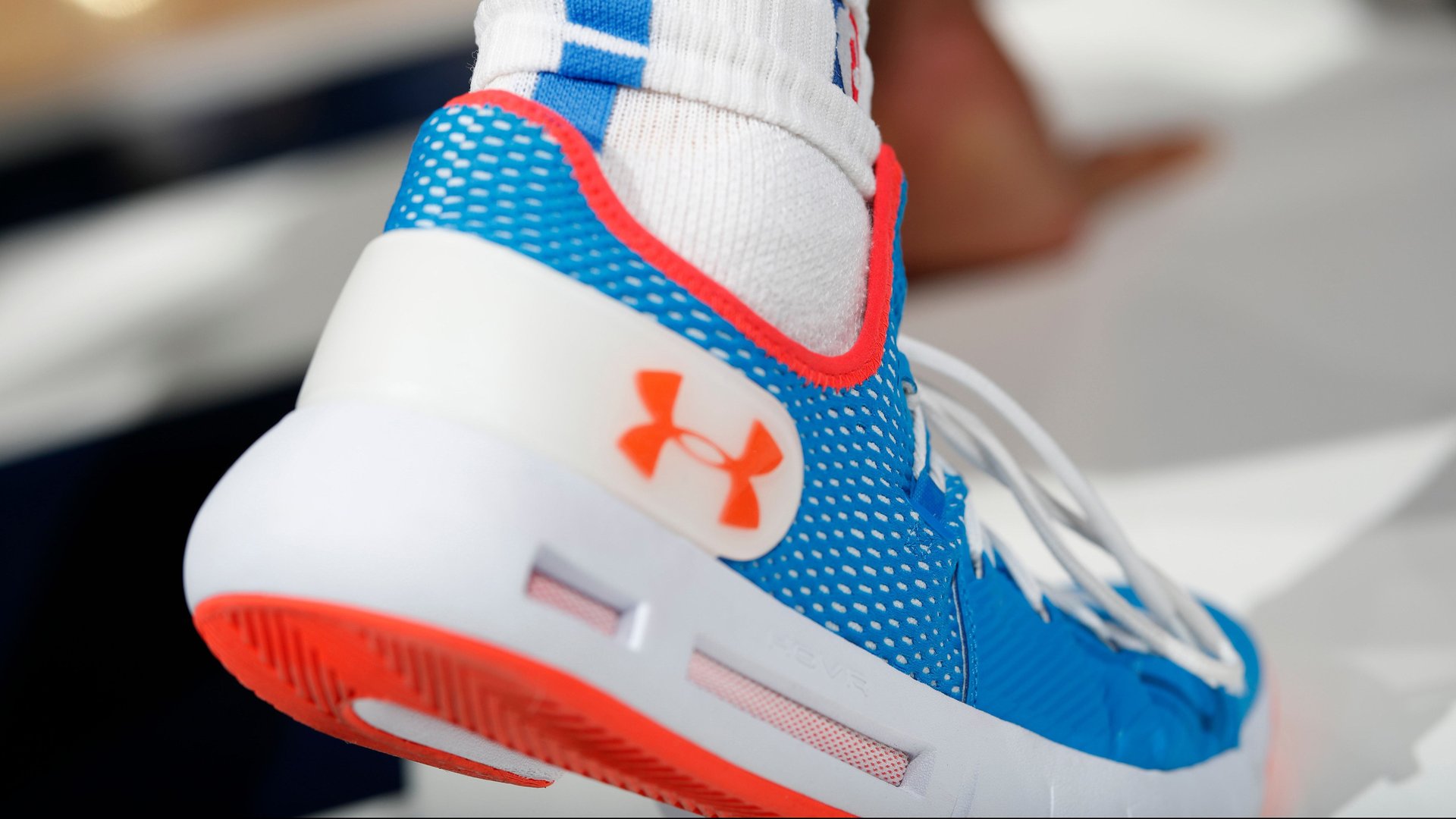In the age of athleisure, Under Armour is doubling down on performance
Performance products have always been at the core of the Under Armour brand, ever since founder and CEO Kevin Plank launched the company from his grandmother’s basement with sweat-wicking undershirts for football players.


Performance products have always been at the core of the Under Armour brand, ever since founder and CEO Kevin Plank launched the company from his grandmother’s basement with sweat-wicking undershirts for football players.
A couple years ago, though, Under Armour started to acknowledge that if it wanted to grow into a real competitor to giants such as Nike and Adidas, it would have to nail style, too, and make products that worked as well outside the gym as in it. Its efforts, including a sportswear line with designer Tim Coppens, haven’t connected as Under Armour hoped (paywall).
Now Plank is looking back to Under Armour’s past for the key to its future success.
“What you’ve heard us say incredibly clearly is we’re going to double-down on performance,” Plank said on a call with investors today (Feb. 12) to discuss the company’s 2018 results, which saw Under Armour’s full-year sales increase 4.1%, to about $5.2 billion, driven by its international business. After growing at a runaway pace for years, the company is now trying to regain momentum after a slowdown it has framed as the result of getting so big so fast.
But a renewed focus on performance may not be the easiest path toward jumpstarting sales again. Consumers—especially those in the US, which made up about 72% of Under Armour’s sales in 2018—are still buying lots of sport-inspired athleisure, but not as many pure performance items. In the case of footwear, for instance, research firm NPD Group recently reported that sales of performance sneakers shrank in the US for the third year running.
“We ask people who wear activewear frequently how often they exercise, and 60% of people who wear activewear often, never exercise,” Matt Powell, NPD’s vice president and sports industry analyst, told Quartz. “In footwear, we asked people who bought a sports shoe, ‘What do you intend to do in those shoes?’, and in 2018, only 16% of people who bought a sport shoe said they were going to do sports in those shoes.”
These numbers suggest performance may not be the top attribute most people are seeking when they’re buying sneakers and activewear these days, naturally presenting a challenge for a performance-oriented brand. Powell notes that it’s still possible for a performance brand to do well in this climate, and points to companies such as Brooks Running and Hoka. (These companies are also much smaller than Under Armour hopes to become.)
Plank pointed out on the call that the company is aware of the marketplace trends and shoppers’ desire for athleisure. But Under Armour, he said, was “born on the field,” and he believes performance is where his company can set itself apart.
He pointed to the company’s recently announced project to design and produce the “technical spacewear” for Virgin Galactic, Richard Branson’s space-tourism company, as an example. All the technologies it’s developing to create the spacesuits will be used in products that Under Armour will have commercially available this year.
He also highlighted Under Armour’s line of signature basketball sneakers with NBA star Stephen Curry. Their performance on the court is what’s going to make a kid want to wear them off the court too, he insisted, not mentioning Curry’s star power. Though performance basketball shoes aren’t selling much for off-court use at the moment.
Under Armour isn’t abandoning the effort to up its style game. A great looking product is “table stakes,” Plank stated.
But the company will focus more on making sure shoppers know that every Under Armour product does something to make them perform better. According to Plank: “That’s what makes us and gives us our DNA and gives us our reason for being.”